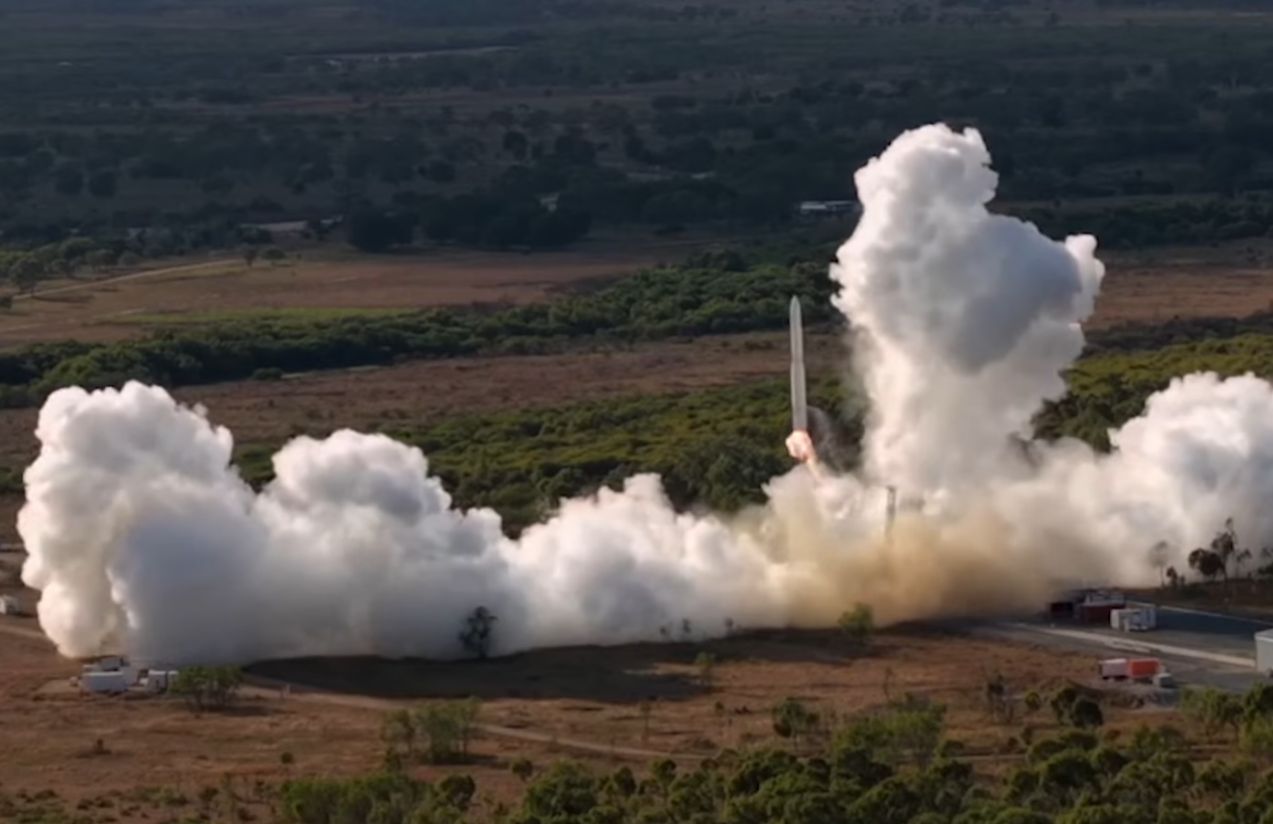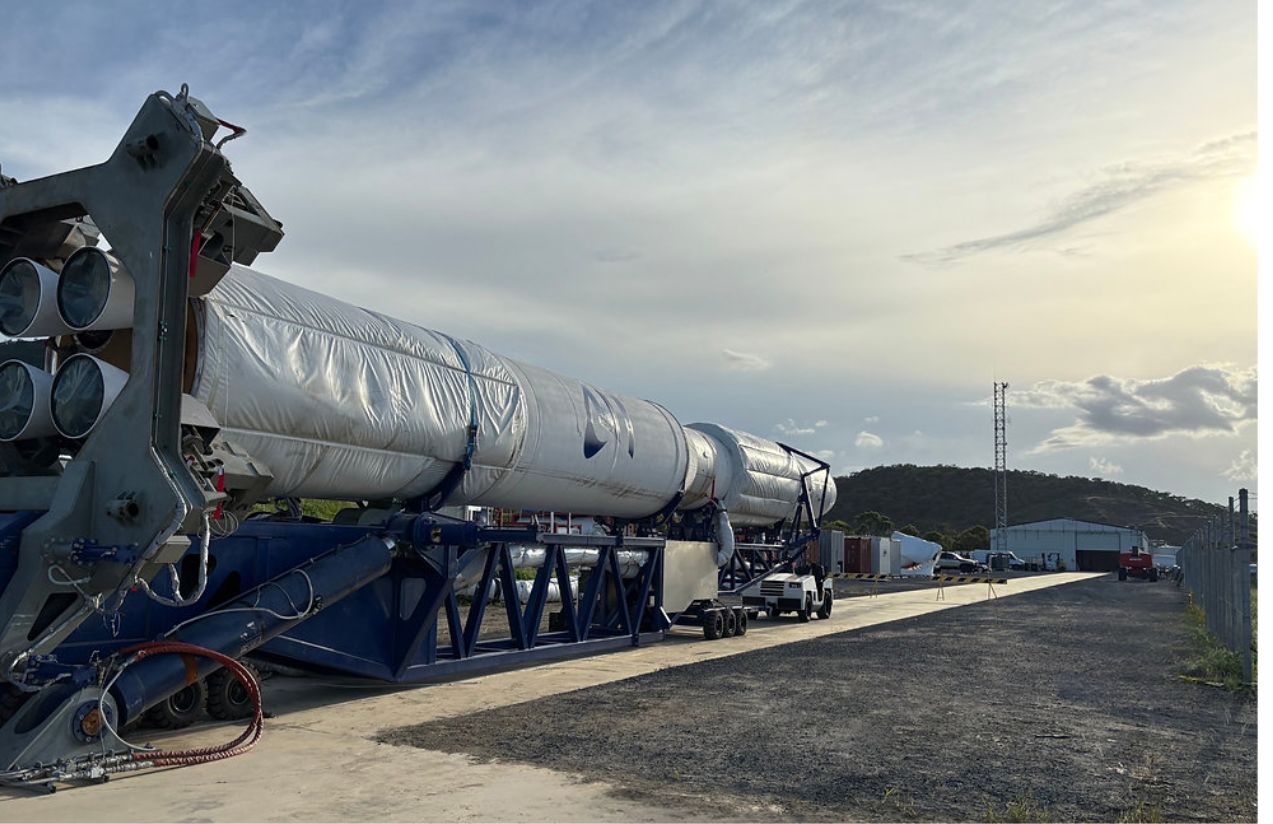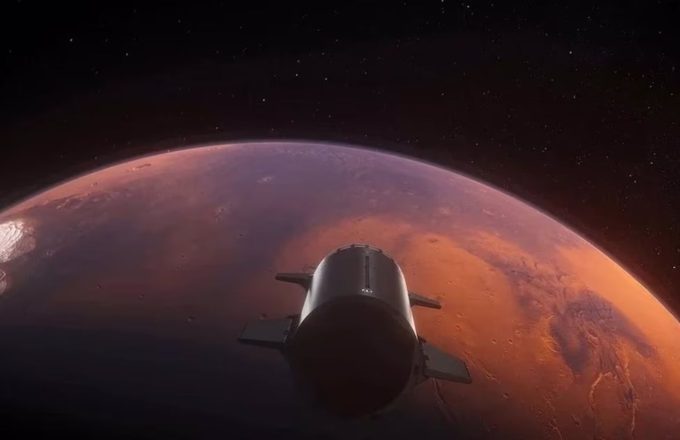Australia made history in its space journey with the launch of Eris, the first entirely locally manufactured rocket with orbital capabilities. The launch took place on Wednesday, July 30, from the Bowen Orbital Spaceport in Queensland. Although the flight lasted only 14 seconds before falling, the event was widely celebrated as both a technical and symbolic achievement.
The 23-meter rocket, developed by Gilmour Space Technologies, was powered by hybrid engines designed in-house. The fall occurred shortly after all four engines ignited, but no injuries or platform damage were reported, allowing the company to consider the test a partial success and a stepping stone toward future missions.
This marked Australia’s first attempt to send an orbital rocket into space from its own soil in over 50 years, signaling a new era for the nation’s aerospace industry.

Can a failed launch still be considered a success?
Yes. According to engineers and aerospace experts, the flight provided valuable data to improve future rocket models. Moreover, the successful ignition and liftoff using entirely Australian technology represent a major achievement. Adam Gilmour, CEO of Gilmour Space, stated:
“We would have liked more flight time, but we’re proud of this first step. It’s the beginning of something much bigger.”
With support from the Australian government and private funding, Gilmour Space is already planning a second launch attempt within the next six months. The goal is clear: to position Australia as a competitive player in the commercial orbital launch market.
Though brief, Eris’ flight left a lasting impact, proving that major accomplishments often begin with small steps… even ones that last just 14 seconds.











